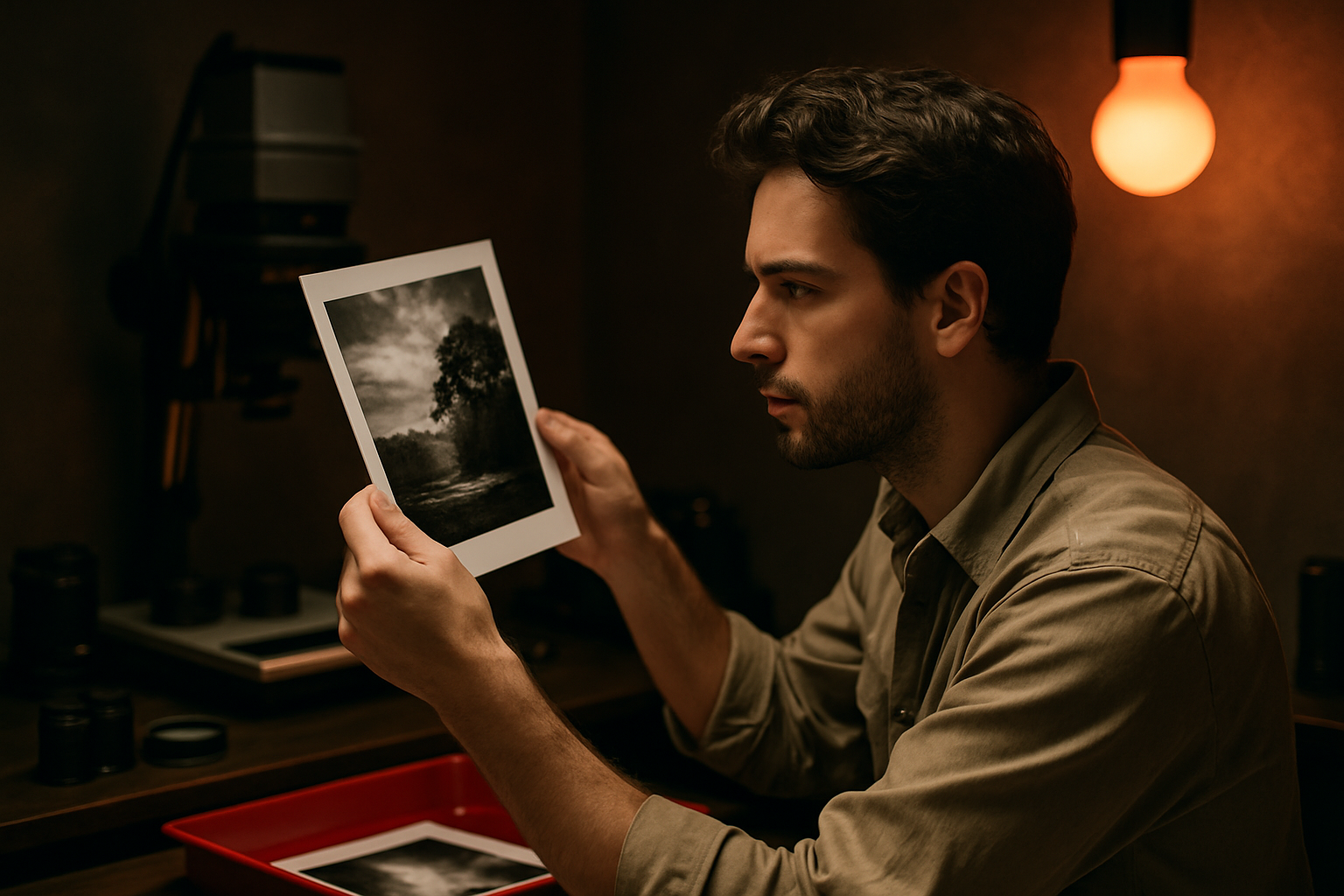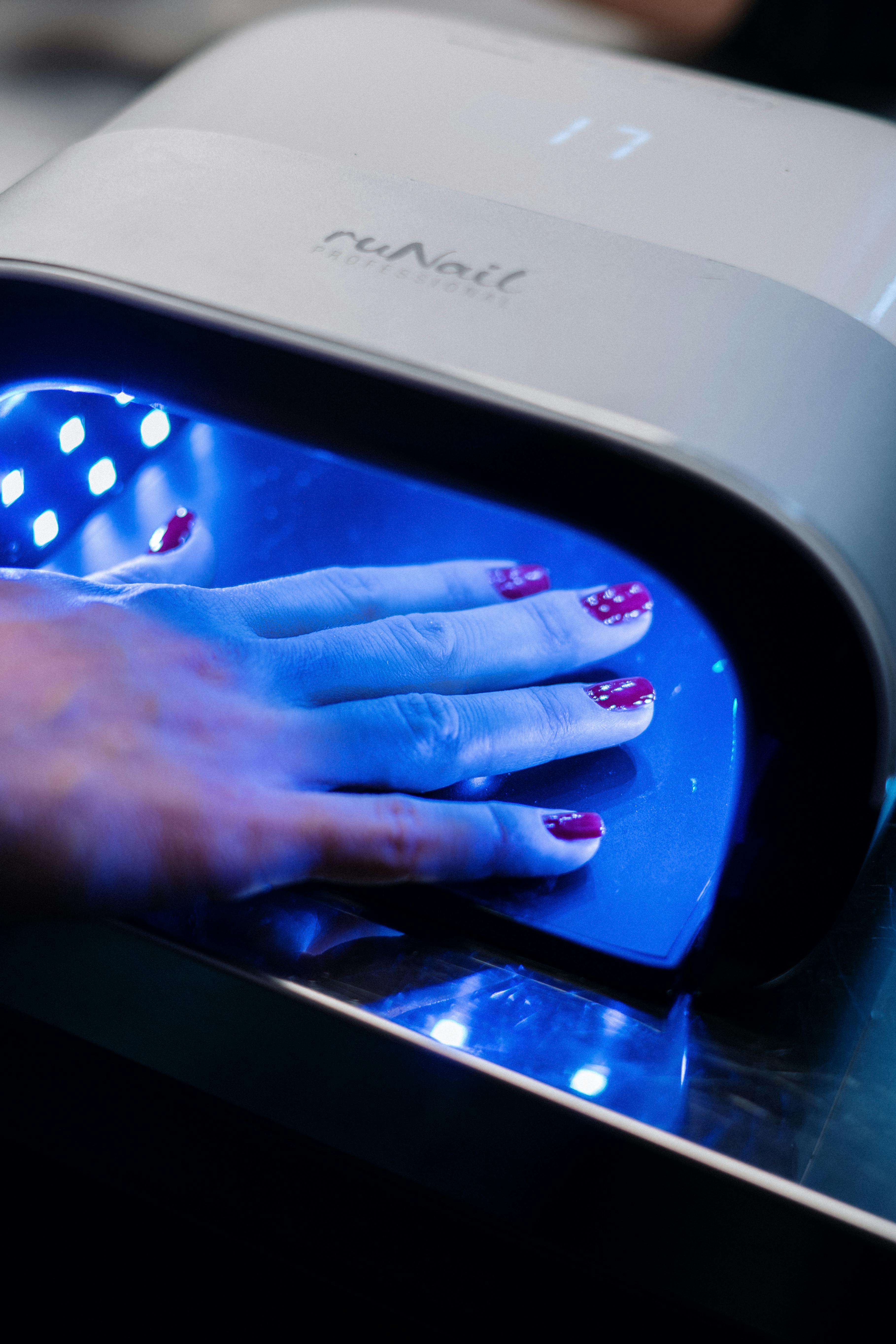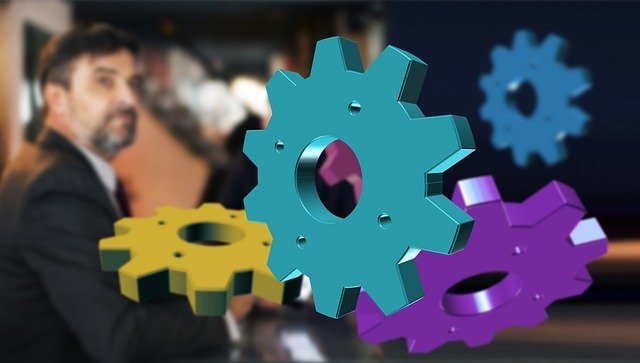Streamlining Image Editing and Retouching Workflows
Efficient image editing and retouching are essential for photographers balancing shoot schedules and client expectations. This article outlines practical approaches to speed up post-production across portrait, wedding, product, and travel photography while maintaining consistent quality and client-ready results.

Post-production often determines how quickly clients receive final images and how effectively a photographer can scale services. Streamlining image editing and retouching workflows reduces repetitive tasks, improves consistency across sessions, and frees time for shooting and client communication. The following sections explore tailored approaches for different genres—portrait, wedding, product, and travel—while highlighting lighting correction, batch processes, and portfolio considerations.
How do portrait and headshots editing differ?
Portrait and headshot editing prioritizes subtle skin retouching, eye enhancement, and tonal consistency. For headshots used in corporate or casting contexts, preserving natural texture while removing distractions is critical. Create reusable presets for common lighting setups and use frequency separation or targeted dodge-and-burn sparingly to refine features. Maintain an organized folder structure that links RAW files to retouched JPEGs to speed retrieval for portfolio updates or client revisions. When offering local services, a predictable turnaround tied to an established workflow helps set clear client expectations.
What changes for wedding and event retouching?
Wedding and event editing emphasizes volume and narrative flow: hundreds to thousands of images must be culled, color-matched, and retouched with consistent style. Start with rapid culling using rating or flagging systems, then apply global color and exposure adjustments with synced settings across similar scenes. Save selective adjustments for highlight images such as family portraits and key moments. For group shots, focus on uniform skin tones and lighting balance. Implementing a tiered delivery—proof galleries followed by final retouching—can reduce unnecessary edits and streamline client feedback.
How to optimize product, studio, and outdoor edits
Product and studio photography demands precise color, sharpness, and background control, while outdoor work requires attention to changing light and color casts. Build standardized templates for product shots that include clipping paths, shadow creation, and color profiles to ensure consistency for catalogs and online stores. In outdoor shoots, batch-correct white balance and exposure per lighting condition before finer retouching. Using tethered shooting and previewing samples in-studio or on-location helps catch lighting or composition issues early, reducing time spent in post-processing.
How to manage lighting and color correction efficiently
Lighting correction and color consistency underpin professional-looking images. Establish a baseline: correct exposure, set white balance, and apply lens corrections first. Use global adjustment layers or camera profiles to preserve skin tones across portrait and wedding galleries. For large batches, create color grading presets that can be fine-tuned per image rather than rebuilt each time. Keep a library of lighting notes—camera, aperture, modifiers, and position—linked to file metadata so matching edits can be applied quickly when similar setups recur.
What tools and practices improve editing workflow?
Select software and plugins that match your output needs: RAW processors for initial edits, layer-based editors for advanced retouching, and cataloging tools for asset management. Automate repetitive tasks using actions, macros, or dedicated batch-processing utilities. Incorporate non-destructive workflows by working with virtual copies or adjustment layers and maintain consistent naming conventions for projects to ease collaboration. Integrate backup and versioning into the workflow to protect originals. Regularly review and prune presets and actions to keep the system lean and relevant to current shooting styles.
How to include travel and drone footage in a portfolio
Travel and drone imagery often differ in perspective and dynamic range from ground-based photography. When integrating these assets into a portfolio, normalize color grading and contrast so the body of work reads cohesively. For drone images and video stills, correct horizon lines and lens distortion, and apply noise reduction for high-ISO captures. Organize galleries by theme—landscape, cityscape, destination event—so potential clients can find relevant samples for publication, product, or editorial needs. Maintain export presets tuned for web and print to ensure consistent presentation across media.
Conclusion
A streamlined editing and retouching workflow balances speed with quality through consistent naming, organized assets, reusable presets, and selective manual interventions. Tailor approaches by genre—portrait, wedding, product, travel—and build a modular system that can adapt to studio and outdoor conditions. Regularly audit tools and processes to remove bottlenecks and keep turnaround times predictable for clients, which supports sustainable business practices and reliable portfolio maintenance.





